A Visit To Iconic Stonehenge -A Prehistoric Monument In Wiltshire
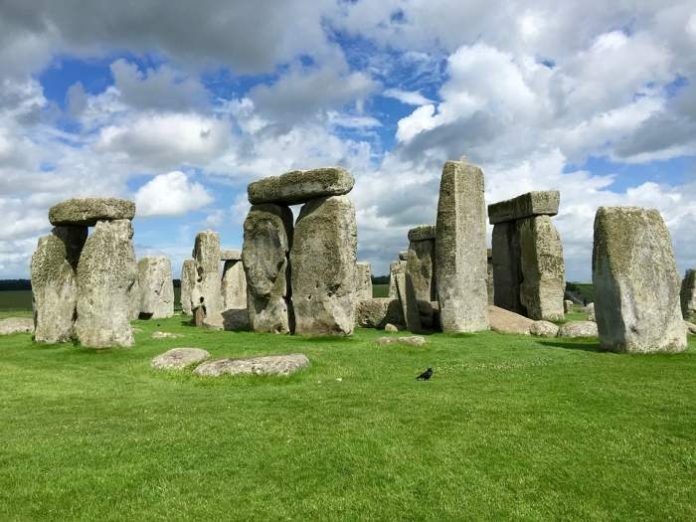
No Doubt, Stonehenge is among the most popular historical destinations In London. The mysterious stone circle is known as “Stonehenge“. It is estimated that over 2 millions of people visit each year at this fascinating place. It is also considered as one of the most Important prehistoric monument that it is a UNESCO World Heritage Site.
Stonehenge History – Where Did The Stones Come From?
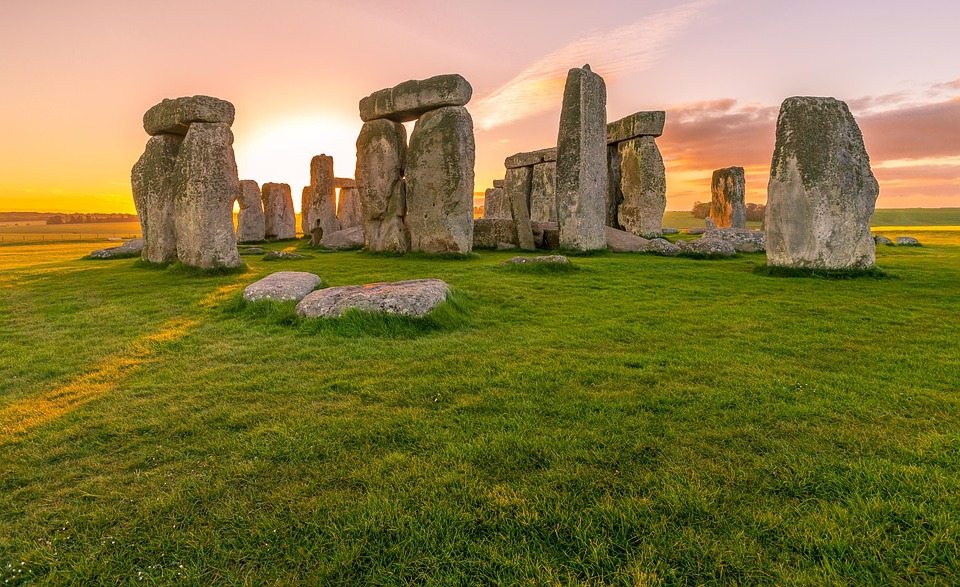
There are only two essential types of Stone. The one is huge sandstone sarsens, it weighs around 30 tons. The tallest stone is over 21 feet and the other is of 8 feet.
The smallest stone size is only 3 tons and it looks similar to gravestones. It comes from the Preseli Mountains that is around 150 miles away from the site.
Who And How Was Stonehenge Built?
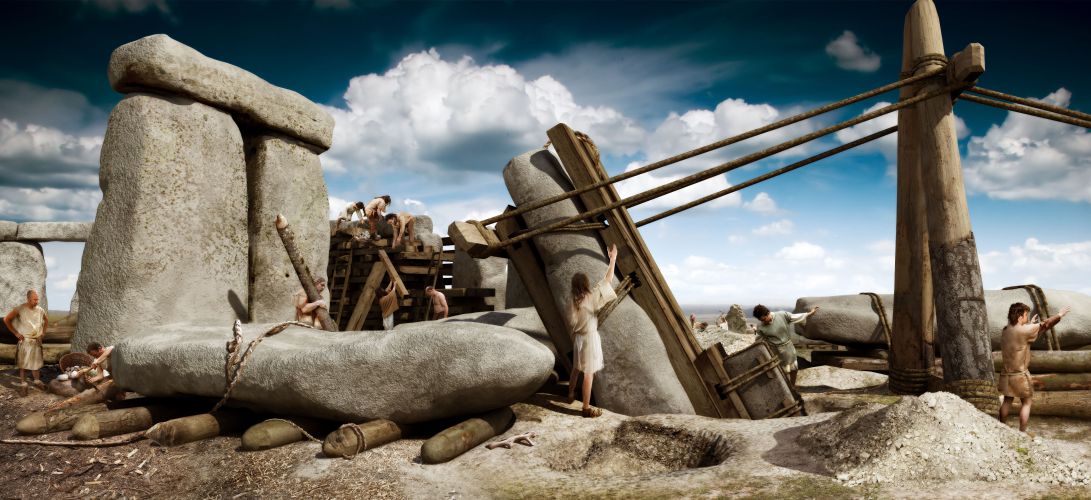
It was made by the late Neolithic age peoples by using incredible ingenuity and their teamwork to construct an iconic monument. Thanks to them because of them, now we have an Iconic heritage to visit and know more about our history. It proves without technical advancement that they have made the monument which we can make now.
Why Stonehenge Is Unique?
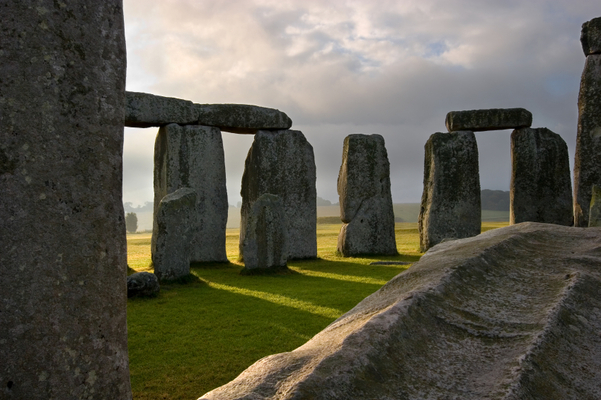
Actually, there are few Neolithic stone monuments situated in northern Europe. You will find an excellent collection of stones there at Avebury and also in Carnac France. The Most important stone in Stonehenge is shaped and smoothed.
The thing which makes it unique is the horizontal stones that are placed on the peak of the vertical stones. Each of these horizontal stones gave hollows, carved into each other that lock each other. This is around 4,000 years old heads off to this engineering.
Why Was Stonehenge Built – The Purpose Behind The Construction Of “Stonehenge”
Stonehenge Theories – There are different theories to this query. There is a perfect line of the stones with the winter and summer solstice that work as an astrological clock for the people. It represents the passing of the seasons like winter, summer, rainy, etc.
The Best Time To Visit Stonehenge
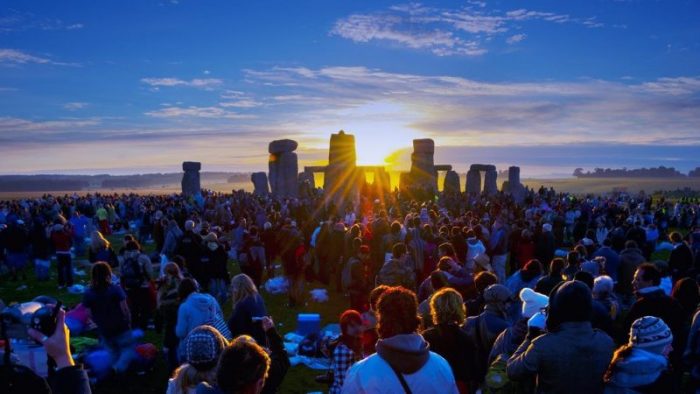
Stonehenge is open for you through the year but the best time to visit there is in summer months. You would more love to visit them in warmer days than colder days. You can also book in advance to attend stone circle access this day will allow you to get closer to the Stonehenge stones than normal days.
Things To Do Around Stonehenge
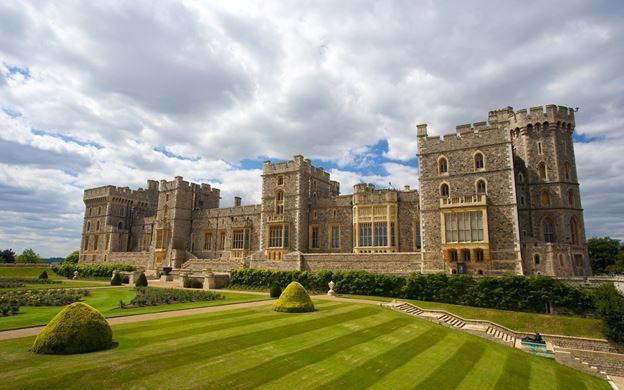
From London, it takes only 2 hours to reach Stonehenge. You can also plan to visit near destinations to it like Windsor castle or Salisbury Cathedral.
Facts About It
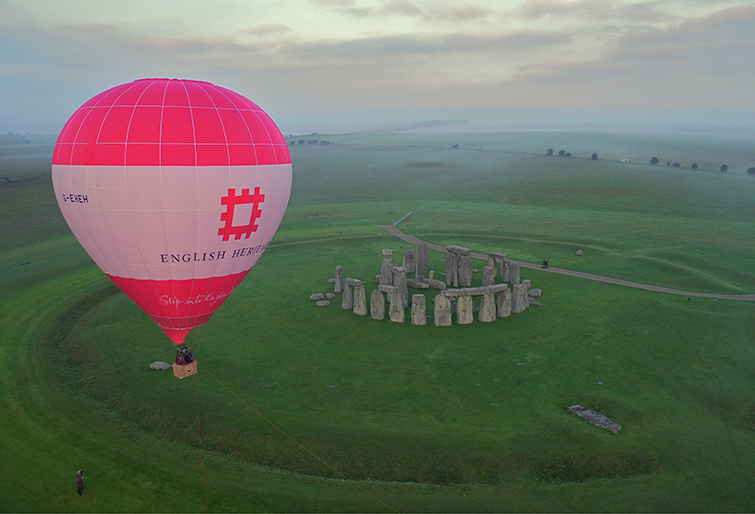
The foremost aerial photo of Stonehenge was taken around 110 years ago. The picture was taken from a military air balloon in the year 1906 by Lieutenant Philip Henry of the Royal Engineers Ballon section.
Home To 180 Archaeological Monuments
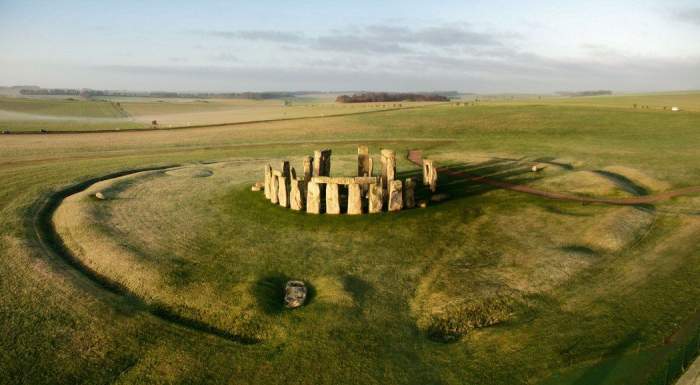
Stonehenge is a stone circle which consists of around 700 known archaeological features which include approximately 180 scheduled monuments, enclosure, timber structures, henges, as well as various burial mounds.
Stonehenge Is Rebuilt

The entire Trilithon feels down in the year 1797 so, in 1900 the upright sarsens fell down in outer the circle along with its horizontal stone. So, it was rebuilt in 1901 and the reconstruction of fallen trilithon was done in the year 1958.
Archaeologists have discovered a second Stonehenge. The monolithic shrine has been unearthed just miles away from the original one.
Researchers from Stonehenge Hidden Landscapes (SHLP) said in comparison to their early belief, the newly found is bigger in size.
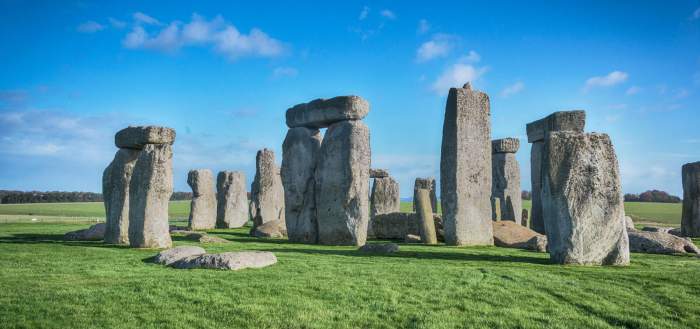
The researchers used advanced sensing technologies at the site and found more stones present beneath the earth.
Using the techniques including non-invasive geophysical prospection and remote sensing technologies, the researchers were able to discover the 4,500-year-old stones.
Through these new technologies, the researchers also came to know about the presence of a row of up to 90 standing stones.
Among them, some of the newly discovered stones may be measuring as high as 4.5 meters. The newly found stones are present beneath the outer bank of the Durrington Walls, which is one of the largest known Henge Mountains. It measures more than 1.5 kilometres in circumference and is surrounded by a 17.6-metre wide ditch and an outer bank.
Beneath the outer-bank is the place, where the researchers have found evidence of row of around 90 standing stones. Paul Garwood, a Senior Lecturer of Archaeology at the University of Birmingham, said.
No comments:
Post a Comment